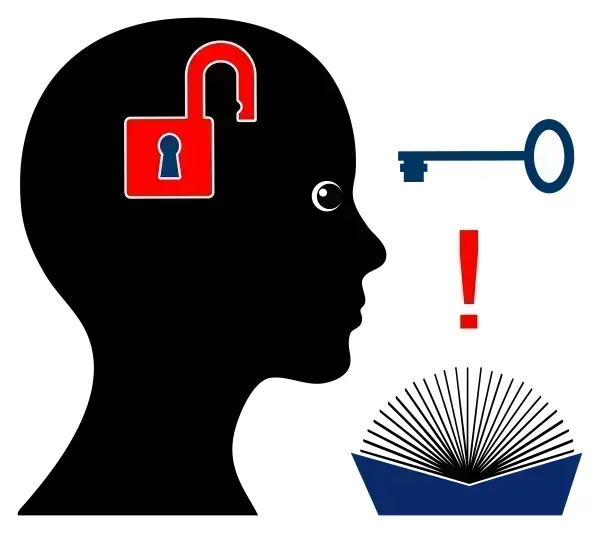Get Back to Basics With New vs. Established E/M Answers
Tip: The location of the encounter won’t be the deciding factor. On the surface, if you know the so-called “three-year rule,” then you know how to accurately determine whether a patient is new or established in your practice. In reality, however, your ability to determine a patient’s status is more complex than that. And getting it wrong can have real-world consequences on your bottom line and your compliance program. To help you navigate this maze, consider the following tips that will help you select the most accurate E/M code for your services. There’s More to the Three-Year Rule Than Meets the Eye A close reading of the CPT® guidelines reveals much more than the simple definition that a new patient is one that has not received services from your practice in three years prior to seeing your provider. CPT® also requires that: 1. The services need to be professional. “‘Professional’ here means services following the CPT® definition of being performed by a physician or other qualified healthcare professional [QHP] and being reported by an evaluation and management [E/M] CPT® code,” says Mary I. Falbo, MBA, CPC, CEO of Millennium Healthcare Consulting Inc. in Lansdale, Pennsylvania. 2. The services need to be face-to-face. “This is also key, as CMS has determined that services such as EKGs, diagnostic tests, or X-ray interpretations do not affect a patient’s status unless they are accompanied by an E/M or other face-to-face service,” Falbo continues. 3. The services need to be in the same specialty or subspecialty. This part of the definition can be significant for large practices that may employ subspecialists, as patients that may be regarded as established in one specialty may be classified as new when they are seen for the first time by a specialist in a different field. As an example, if a patient saw an internal medicine specialist at your practice for his diabetes but now requires the services of the ophthalmologist to treat diabetic retinopathy, you can bill both as new patients since the physicians are of separate specialties. What Are the Exceptions to This Rule? Consider the scenario of a patient coming in to get an eyeglass prescription filled at your optical center, but there is no other service reported besides filling and dispensing the eyeglass prescription. If the patient then sees a provider at some point during the next three years, the patient is considered new. Defining a patient as new or established is significant for two more reasons. Misidentifying a new patient as established “poses a billing risk, as the reimbursement is higher for a new patient,” due to the extra work involved in taking the patient’s history and diagnosing new conditions, explains Falbo. Currently, for example, CMS values a level-four non-facility established patient visit at $110, while reimbursement for a level-four visit for a new patient is valued at $167, a difference of about $57. But just as important, if you fail to assign new or established status to a patient correctly, “you could be facing compliance issues,” warns Falbo. In addition, while new and established level-four visits both require the provider to document moderate-complexity decision making (MDM), new visits require you to document three components, including a comprehensive history and exam, while you only have to document two elements, which can include a lower-level detailed history and detailed exam, for established visits. Where Do Ophthalmological Service Codes Stand? The same new and established patient guidelines apply to the general ophthalmological services codes, as follows: New patient Has not seen the ophthalmologist, or another ophthalmologist in the same group practice, within the past three years. Established patient Has seen the ophthalmologist, or another ophthalmologist in the same group, within the past three years. Therefore, you should keep the new versus established patient rules at the front of your mind whether you’re choosing to report E/M codes or the eye care codes.




